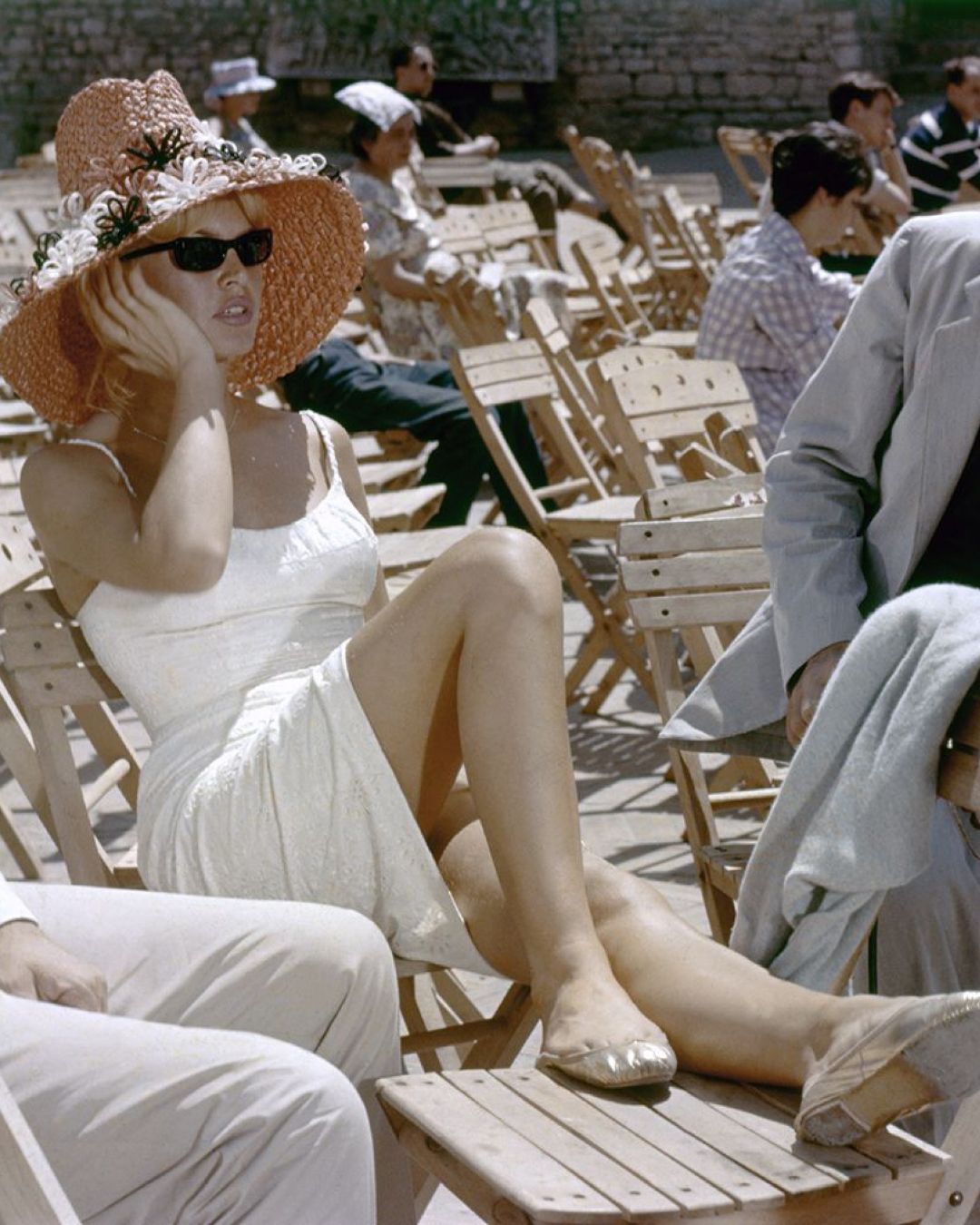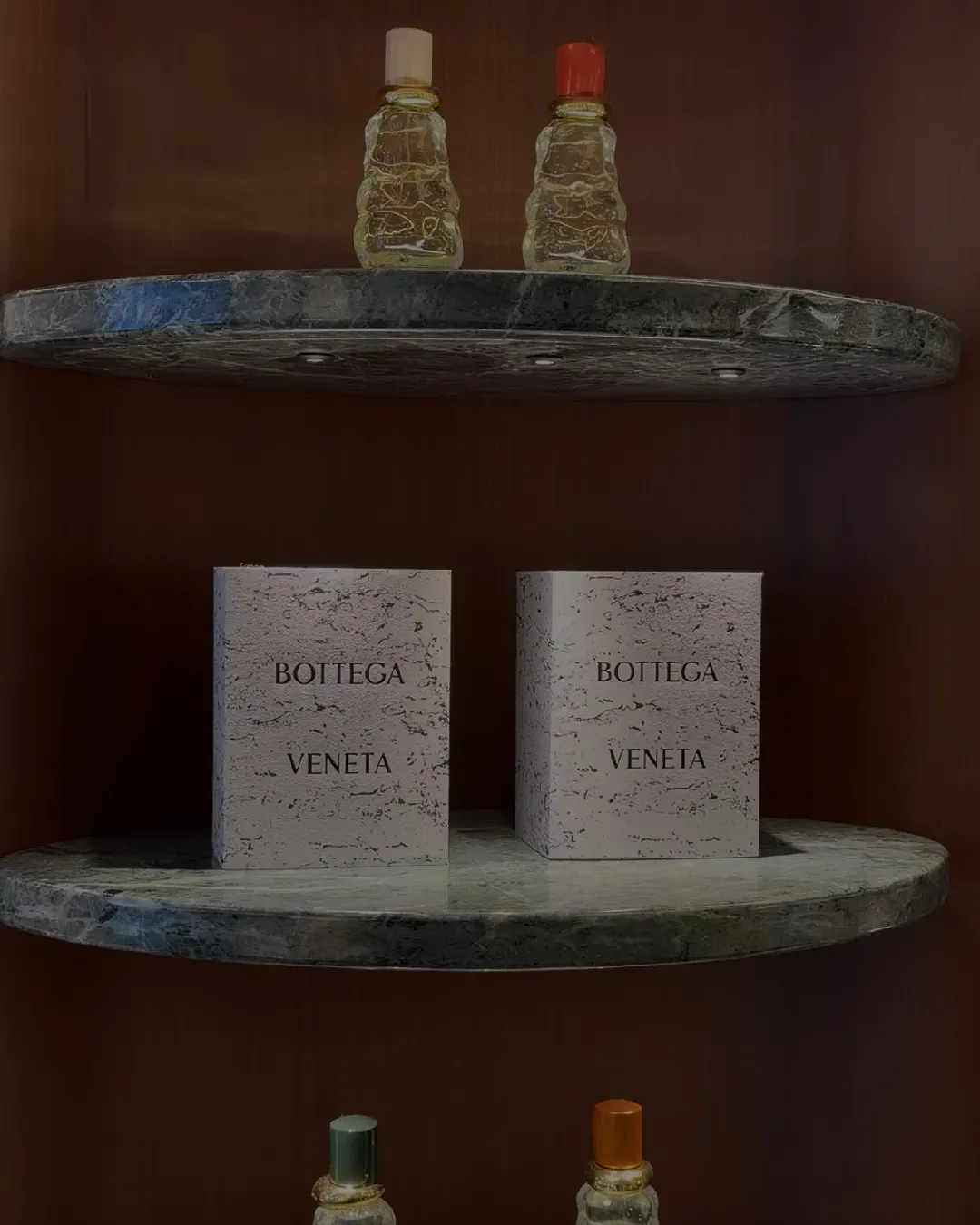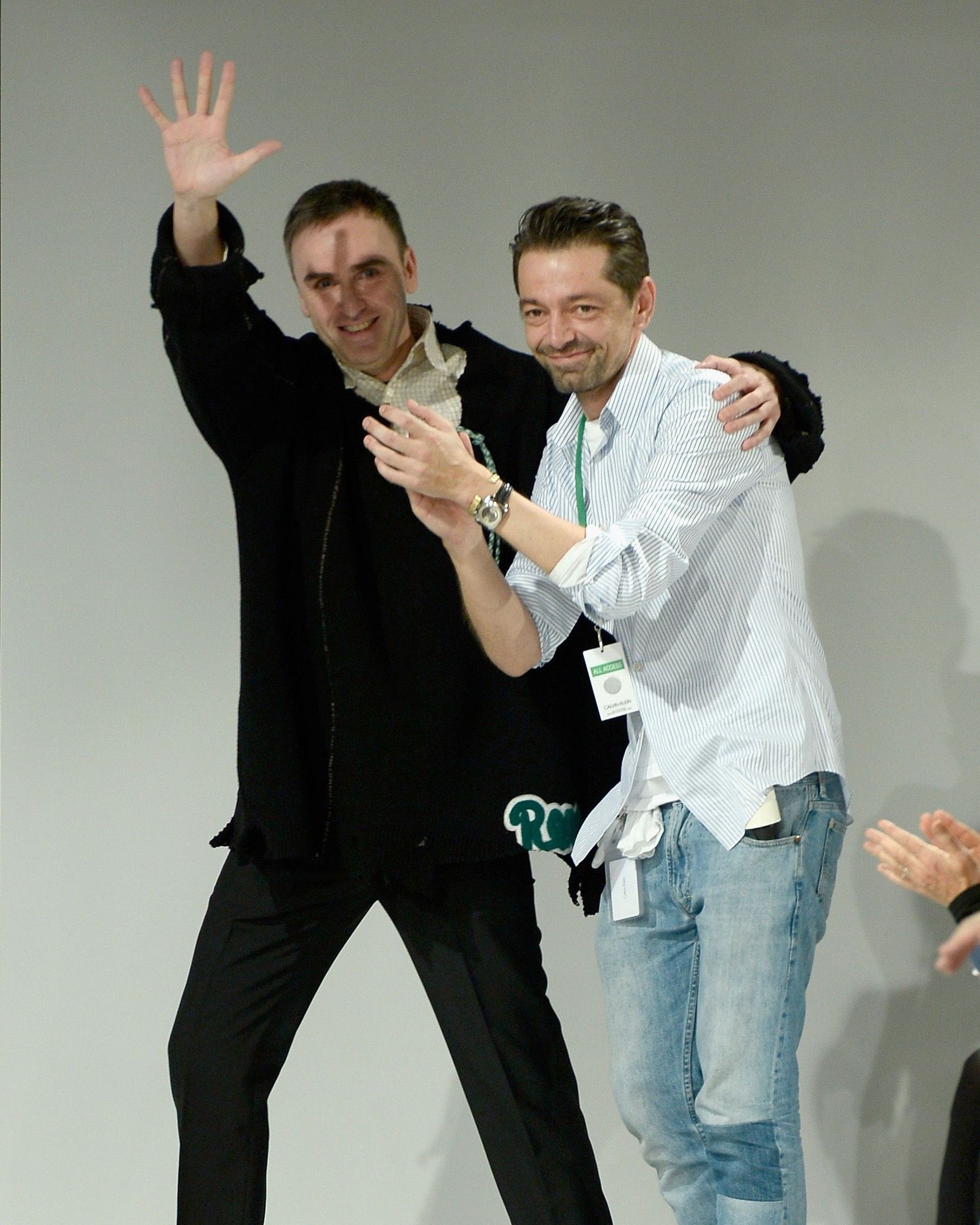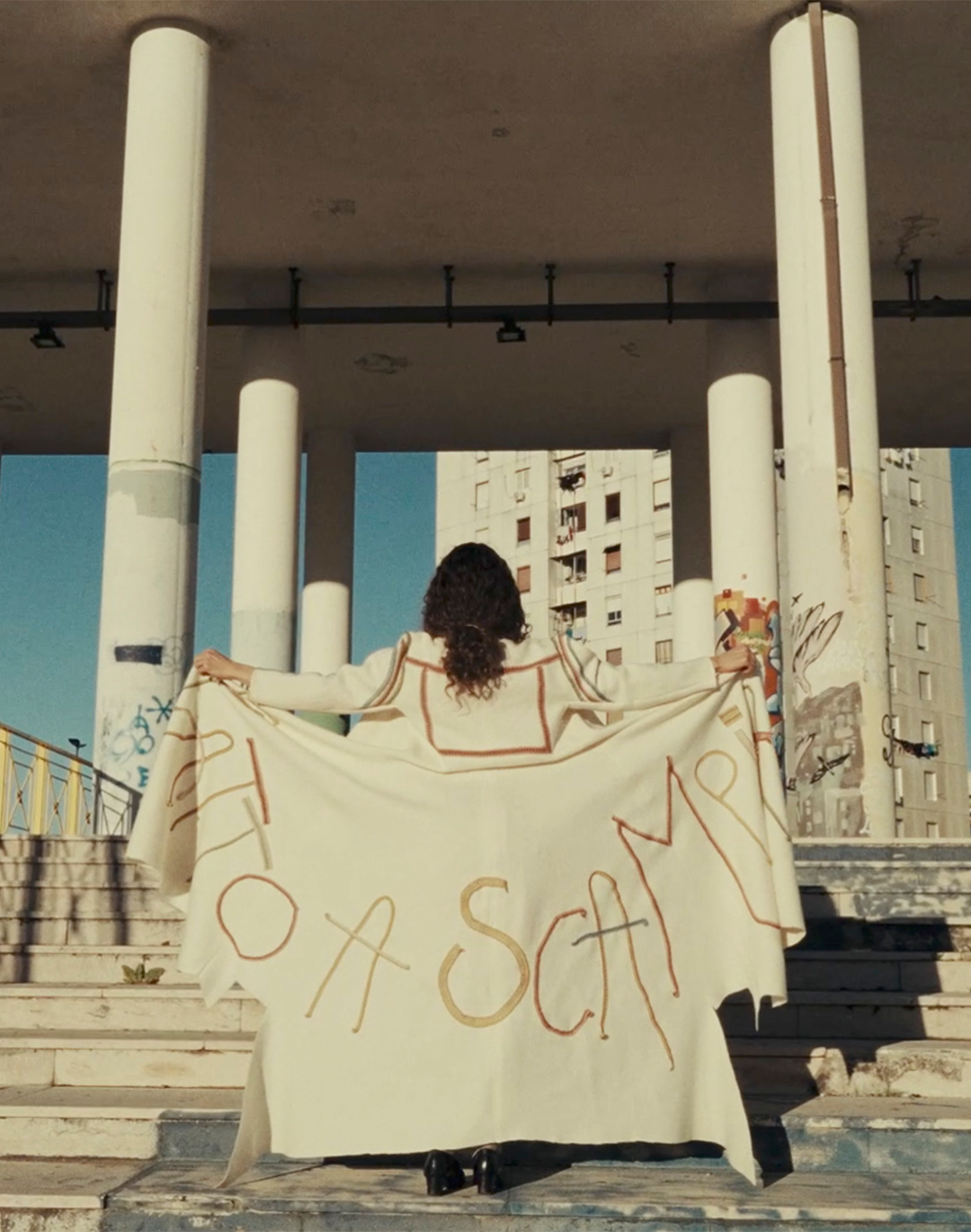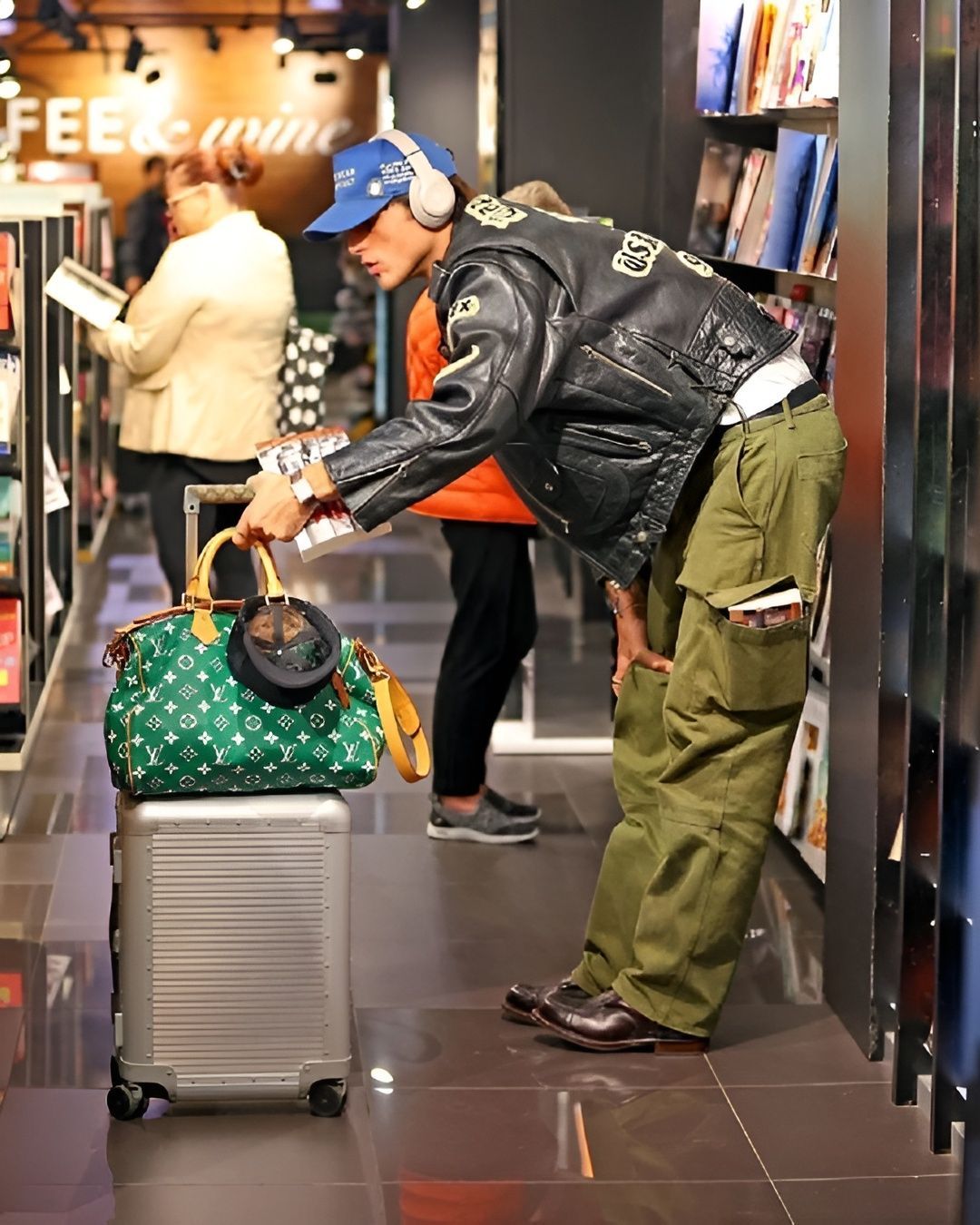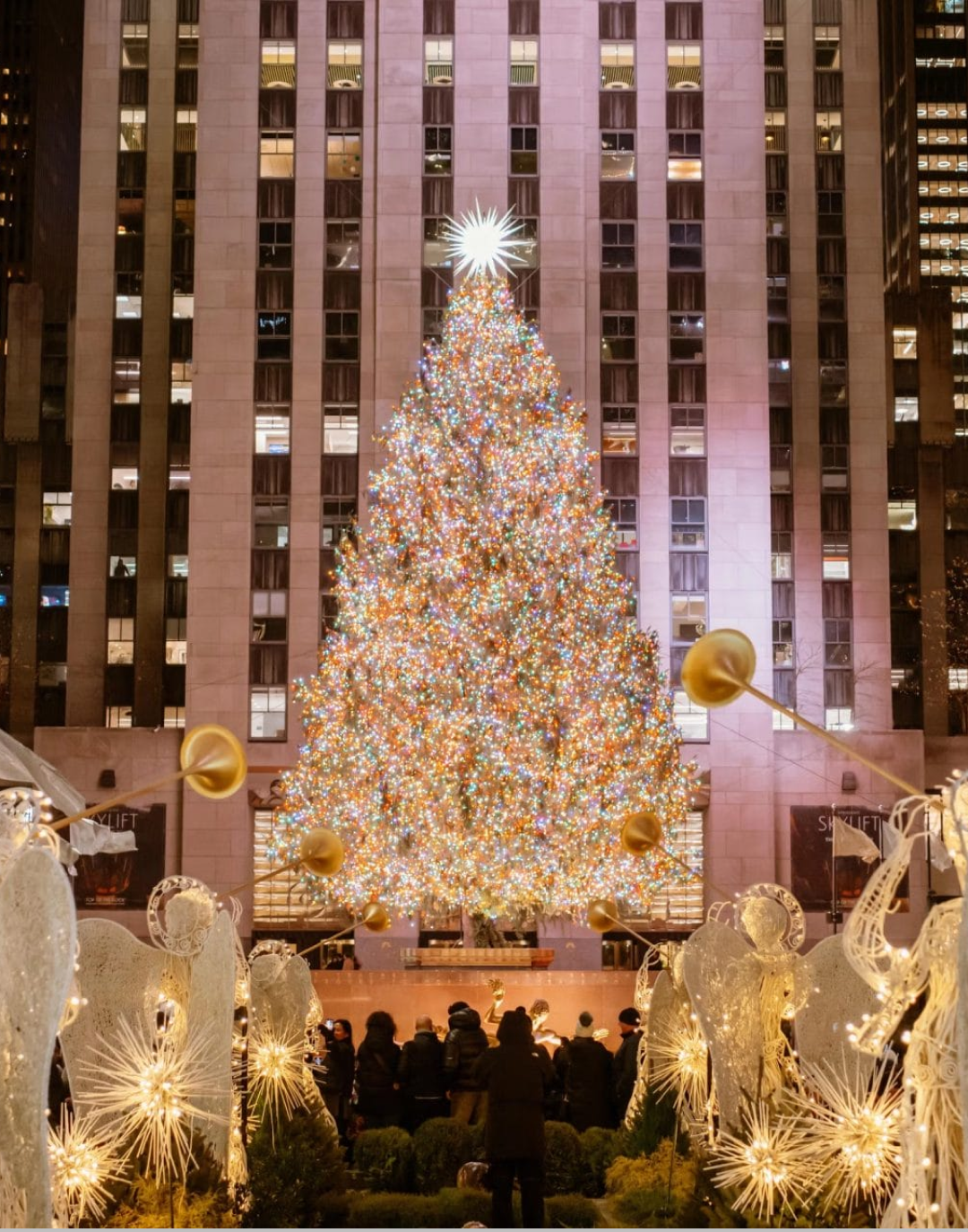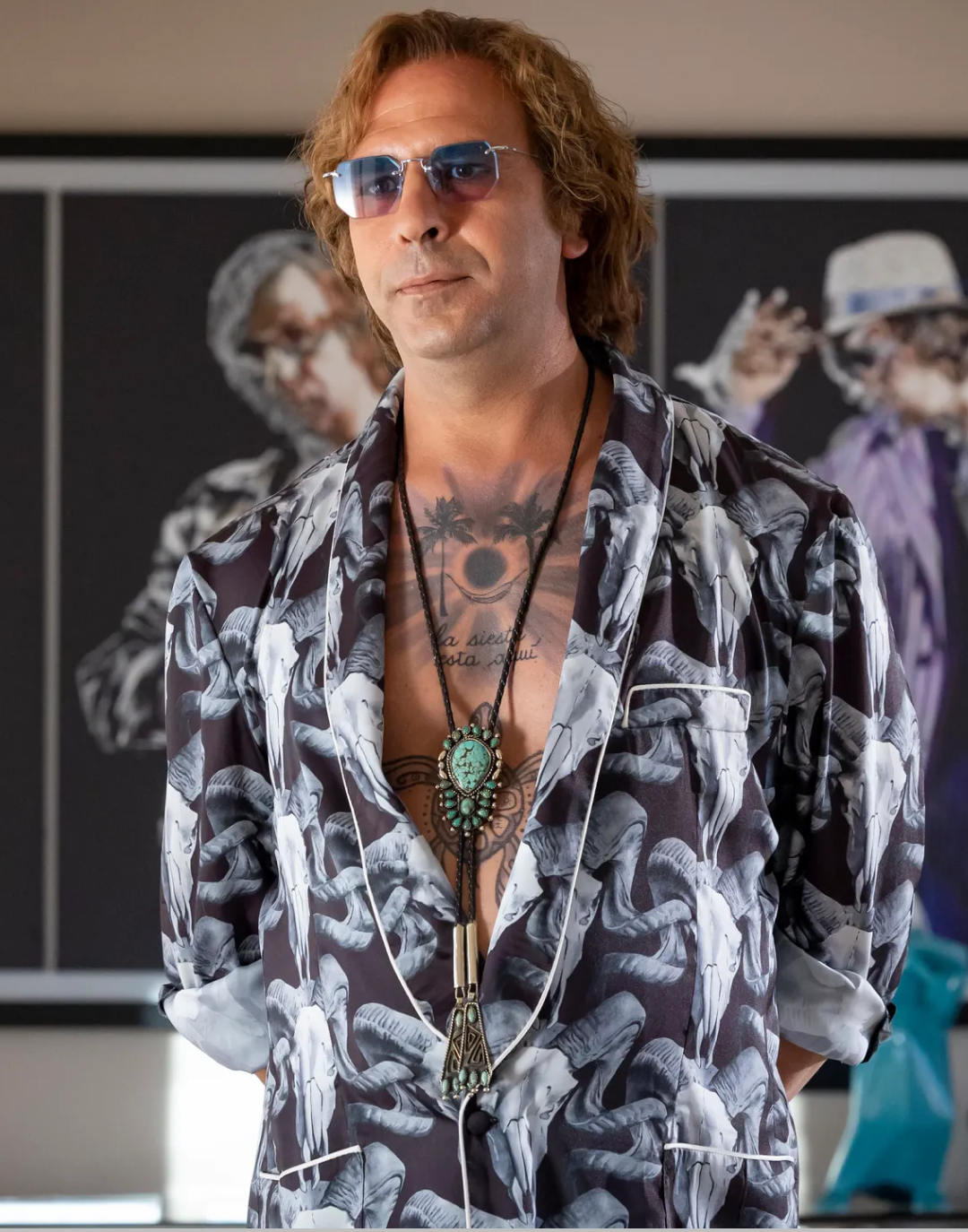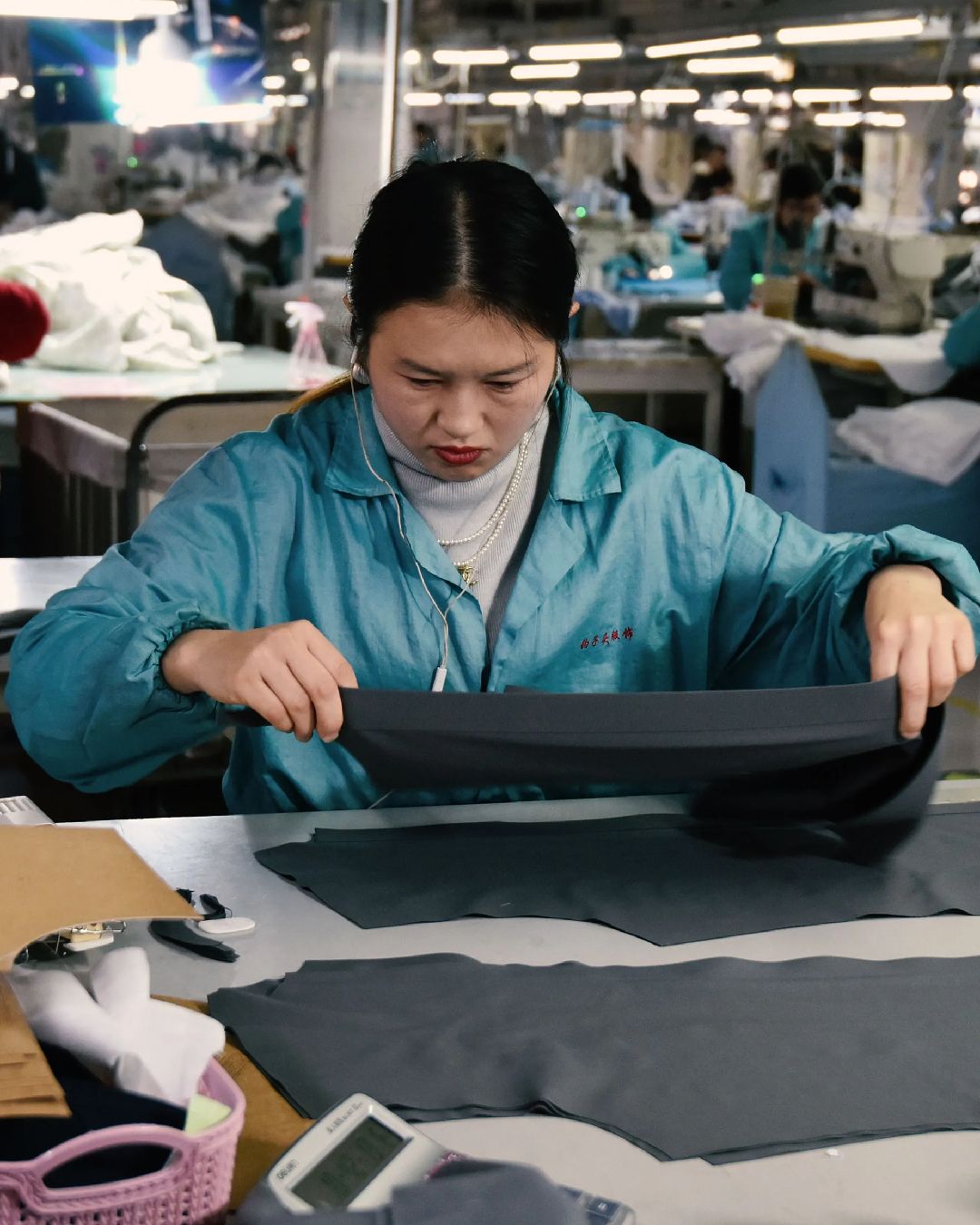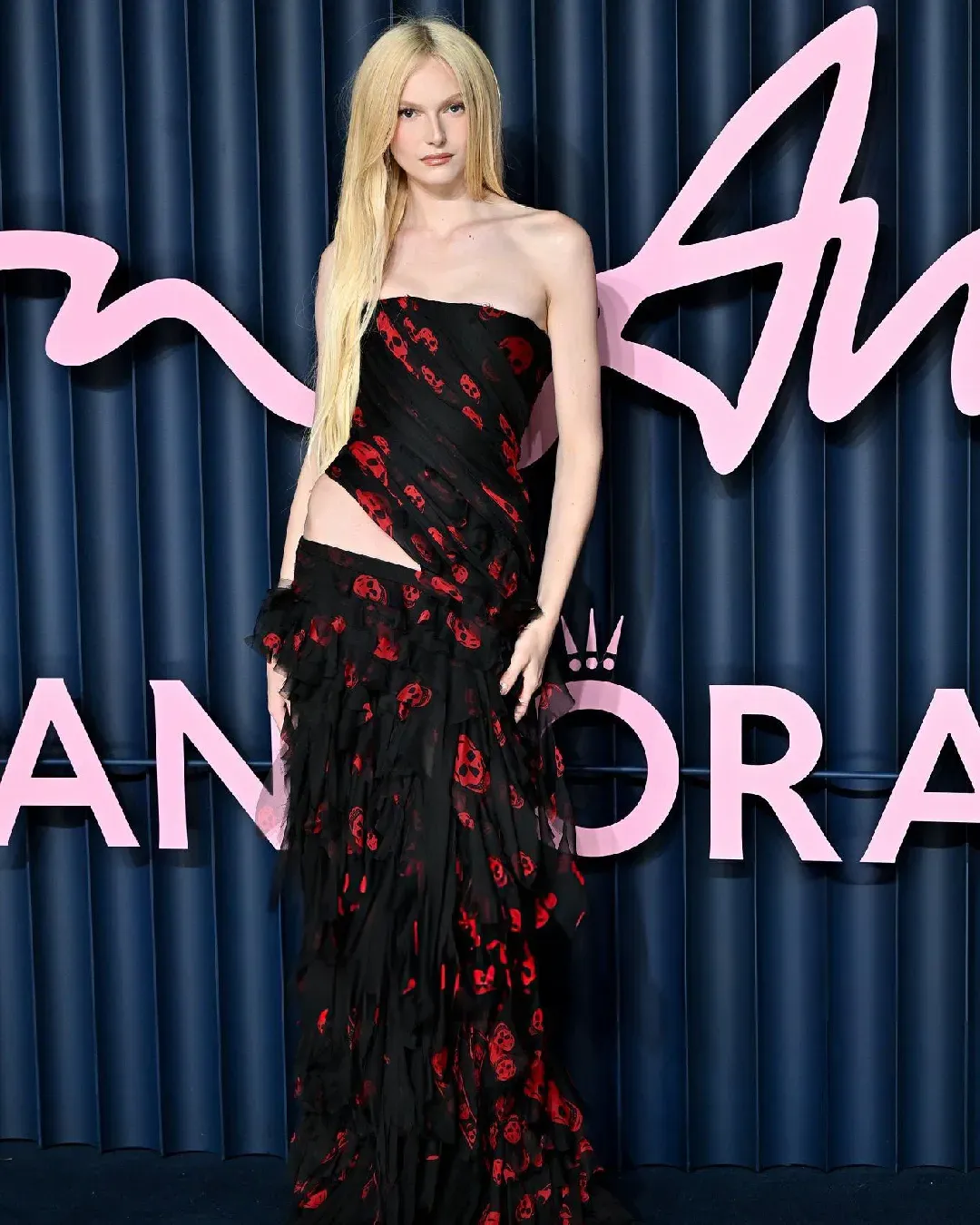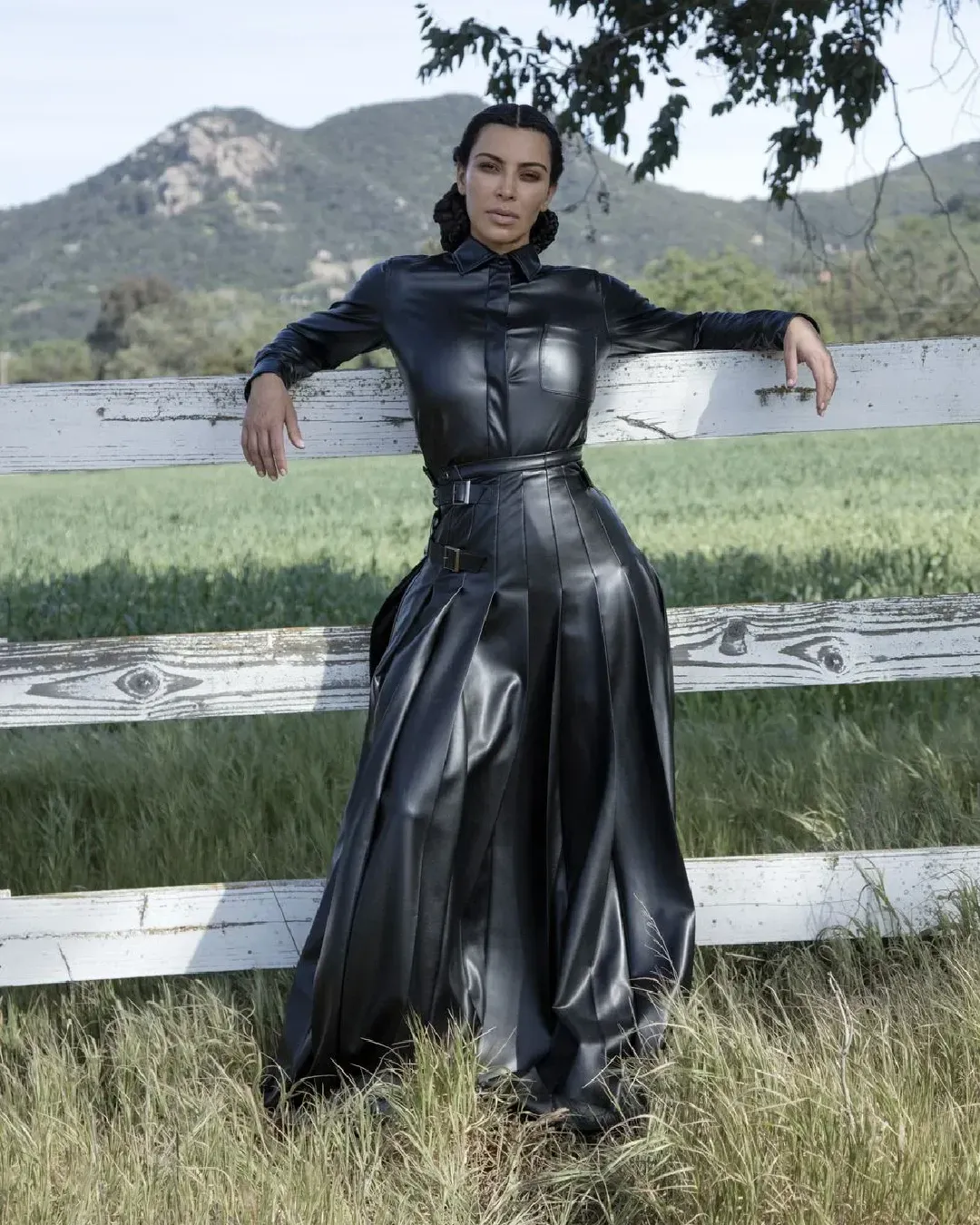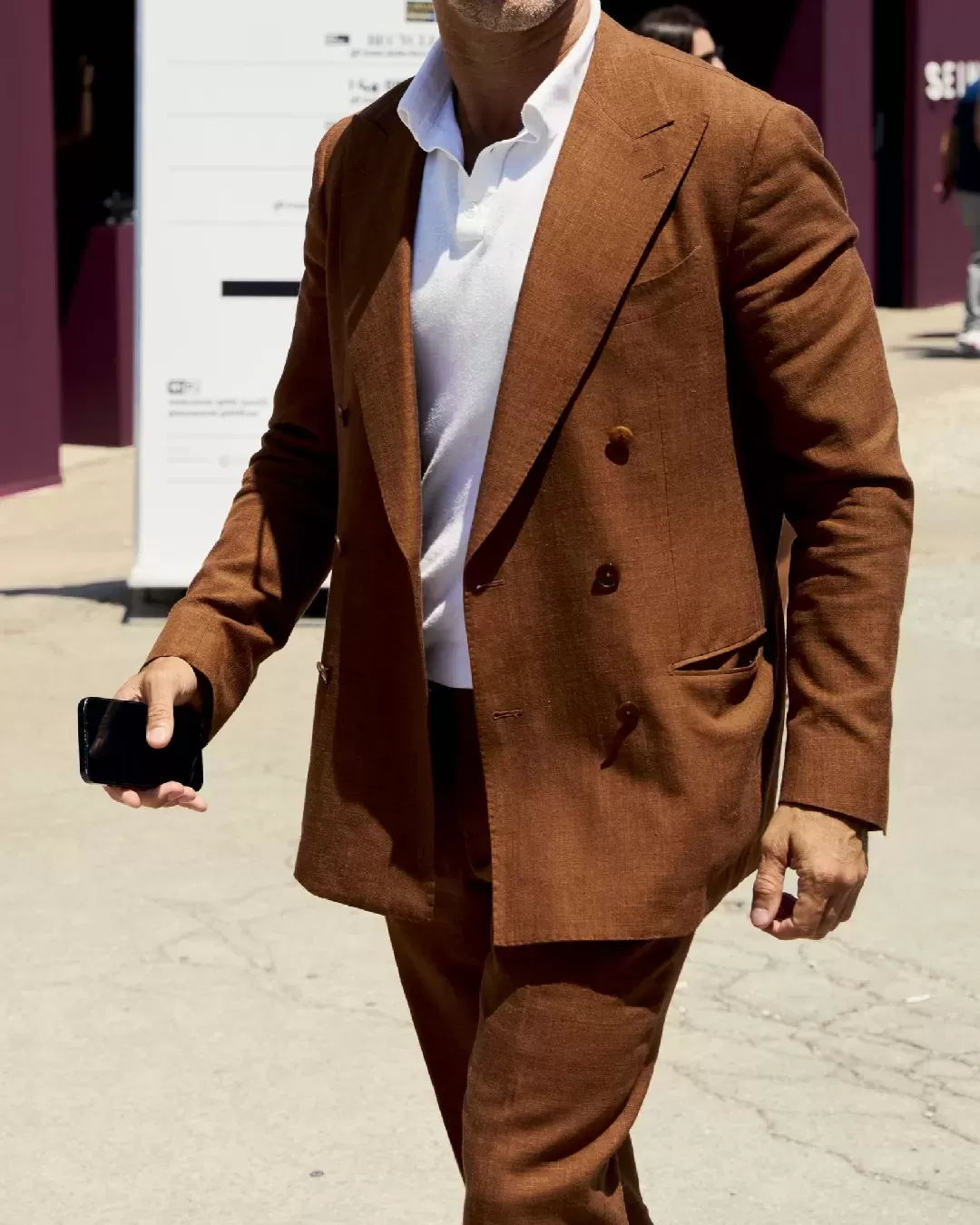
The real crisis of luxury is that of cultural relevance In 2025, experiences will drive the luxury market
Yesterday, the annual Altagamma-Bain Monitor 2025 report was published, prepared by Bain & Company in collaboration with the Altagamma Foundation. It offers a detailed analysis of the current state of the global personal luxury goods market, within an international context marked by economic uncertainty, geopolitical tensions, and increasingly radical cultural transformations. The most striking finding is the collapse of digital engagement with luxury brands. Since 2022, online searches have dropped for over 40% of brands, social media follower growth has slowed by 90%, and the overall engagement rate has fallen by 40%. This disengagement perhaps best symbolizes a cultural relevance crisis in the sector, increasingly perceived as out of touch with consumer expectations and lacking creative innovation. The report directly links this decline in interest to a drop in profitability. Even brands with strong revenue performance are showing stagnant or declining margins — for example, LVMH. Since 2021, profitability growth has stalled, and in many cases has even reversed course, contrasting sharply with the strong expansion period between 2018 and 2021. All brands, regardless of market position, now face numerous strategic challenges. From now on, it will be crucial not only to have a clear and well-defined identity but also to clarify the value proposition and recover those distinctive elements that make up the brand's DNA. Product quality, narrative authenticity, the ability to create engaging experiences, and empathetic relationships with the audience are the key levers for the sector’s revival.
On the financial side, the slowdown of the sector after years of growth is now a tangible fact, along with the sector’s structural solidity and potential for expansion — especially thanks to new generations of consumers and the emergence of new markets. In 2024, the luxury market reached a total value of €364 billion, showing a slight contraction of 1% compared to the previous year. This figure, although marking a pause, still exceeds the forecasts made in mid-November of that same year: between 2019 and 2024, the sector grew by 28%, placing it well above pre-pandemic levels. However, in the first quarter of 2025, the negative trend continued, with an estimated contraction between 3% and 1% compared to the same period the previous year, at current rates. And the outlook for the rest of the year is not much brighter: in the best-case scenario, there could be a moderate rebound, with variation between -2% and +2%; more likely, if conditions remain stable, a contraction between -5% and -2% is expected. Finally, the worst-case scenario estimates a severe contraction between -9% and -5%. From a consumer behavior perspective, the gap between different generations of consumers is starting to play an increasingly important role. Gen Z, for example, looks for products that reflect expressiveness and authenticity, balancing personal creativity and collective belonging. Millennials, while more financially cautious, are open to innovative proposals, especially those integrating environmental and technological values. Baby Boomers, finally, are showing an increasing inclination toward experiential spending, favoring travel, food, culture, and wellness over the purchase of tangible goods.
Luxury is less about money and more about your quality of life. Prioritize quality food and ingredients. Invest in experiences. Enjoy your favorite tea/coffee in the morning outside. Learn new skills and hobbies. Go to orchestras and museums. Embrace the healing power of nature.
— (@soieange) July 4, 2024
At the level of product categories, the picture becomes more varied. Some segments, such as private jets, yachts, high-end automobiles, apparel, and jewelry, have remained stable or even shown slight growth. Conversely, segments such as wines and spirits, watchmaking, and leather goods have been more affected by the slowdown, with declining demand often tied to more cautious consumer behavior in key markets. The only segment still growing is experiential luxury, which continues to show strong vitality. Hospitality, cruises, gastronomy, and fine dining remain resilient among consumers, who increasingly seem to prefer experiences over material goods. On a geographical level, the situation is uneven. The United States is among the most affected markets, burdened by internal economic instability and volatility from trade policies, particularly tariffs. Demand is inconsistent: while the wealthiest maintain stable consumption levels, the accessible luxury segment is showing signs of recovery, mainly thanks to growing interest among younger consumers. Mainland China, another traditional engine of the sector, is instead in a waiting phase, with the middle class cutting back on consumption due to a more cautious economic climate. Nevertheless, there is still confidence in its medium- to long-term recovery. Europe and Japan are more solid, although the decline in tourism — historically a major driver of luxury demand — is becoming noticeable. In contrast, the Middle East, Latin America, and Southeast Asia are bucking the trend, continuing on a path of steady growth, supported by rising individual wealth and dynamic local economies.
@financialtimes When one is already paying silly money for a handbag or a watch, it is difficult to understand when too much becomes too much. Yet for all that, there are convincing signs that the luxury sector’s post-pandemic price rises have dented its appeal, writes the FT's Helen Thomas. #finance #inflation #brand #luxury #hermes #chanel #lvmh original sound - FinancialTimes
The report nonetheless ends on a somewhat optimistic note. Global wealth growth and the 20% increase in the number of High Net Worth Individuals (HNWI) expected over the next five years will bring over 300 million new consumers into the market by around 2030 — it will be a matter of surviving until then. About half of these new consumers will be members of Gen Z and Alpha, who will approach luxury with different expectations compared to the past, more focused on sustainability, meaning, and social impact. According to Claudia D’Arpizio and Federica Levato, Senior Partners at Bain & Company and curators of the study, 2025 represents a turning point for the entire sector: only those who rediscover their authenticity, invest in quality, and build a deep, value-driven relationship with clients will be able to stand out. The future of luxury, according to the analysts, will no longer be determined by volume, but by the ability to generate meaning. It won’t be noise that drives success, but the depth of the relationship and the coherence of identity.


